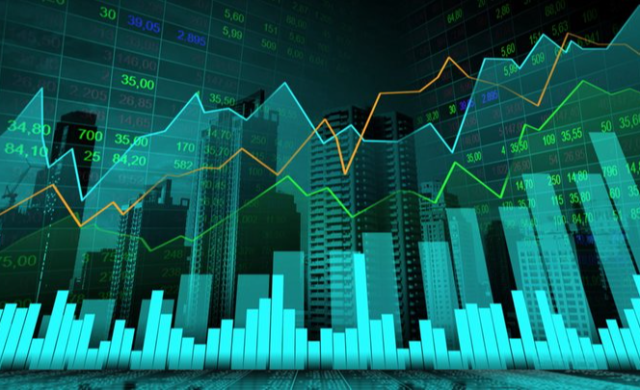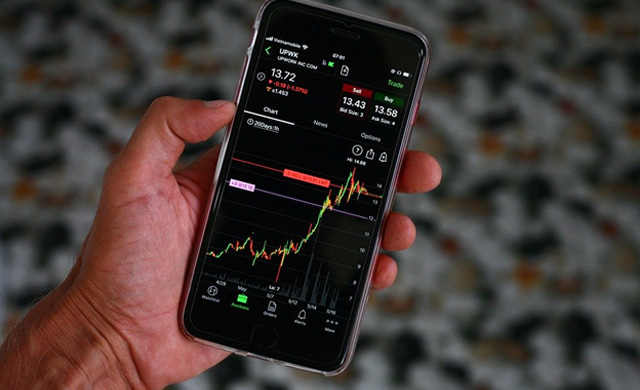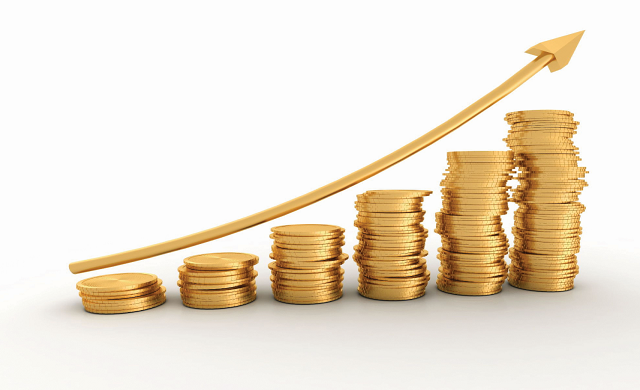In today’s 24-hour markets, traders are constantly surrounded by alerts, price charts, and analysis tools—all pushing them to stay active and in control. But behind the glow of trading terminals lies a subtle trap: the illusion that trading is the center of life.

Many traders measure success by their last profit or failure, forgetting that the market isn’t a mirror of personal worth. As legendary thinker Johann Wolfgang von Goethe once cautioned, when we allow our work to dominate our world, we lose perspective—something far more valuable than any trade.
Stepping away, therefore, isn’t a luxury. It’s a necessity.
When traders stay glued to screens for too long, emotions build up, judgment weakens, and performance declines. Confidence becomes tied to the next trade—creating a dangerous loop of overtrading and burnout. True mastery, however, lies in knowing when not to trade.
As one neurosurgeon famously said, “A good surgeon knows they can do it; a great one knows when to walk away.” The same wisdom applies to markets. Great traders understand that patience is a strategy and that clarity often emerges only in silence—not in the noise of constant engagement.
Trading is a craft, not an identity. It’s something you do, not who you are. The ability to pause, reflect, and reset isn’t a sign of weakness—it’s the mark of a professional who understands that balance breeds longevity.
So, the next time the charts tempt you to stay one more hour, remember: the pause may be your most powerful trade.
Learn from market wizards: Books to take your trading to the next level

 Hot Features
Hot Features













